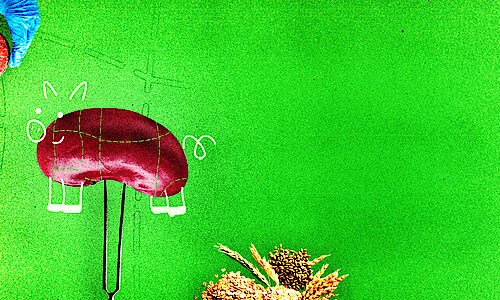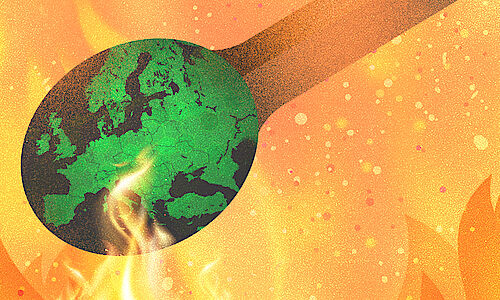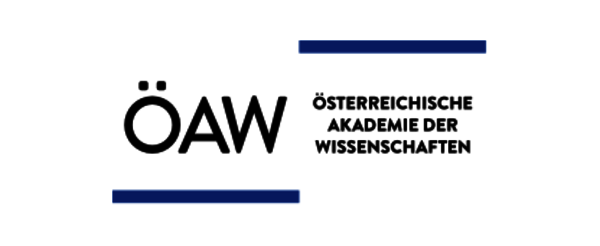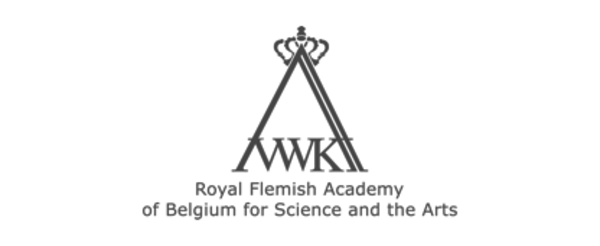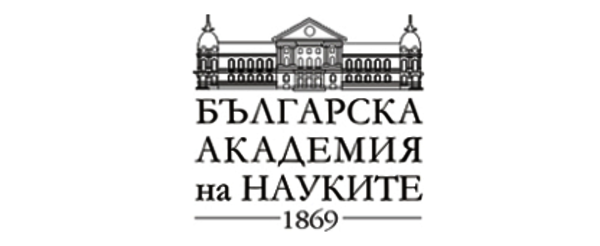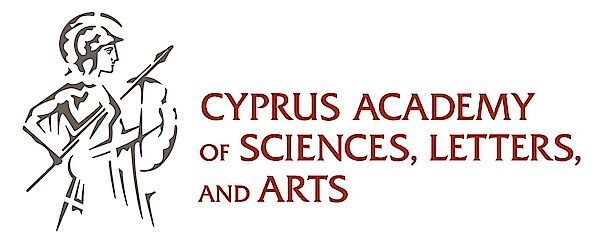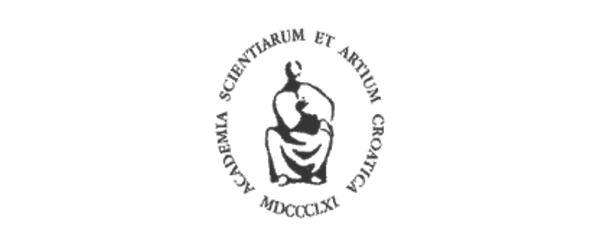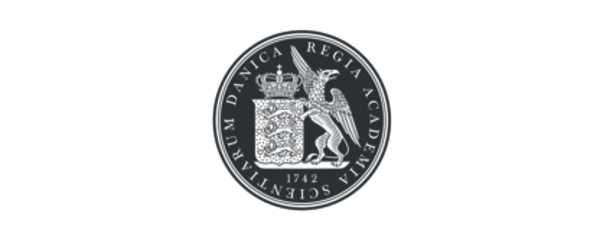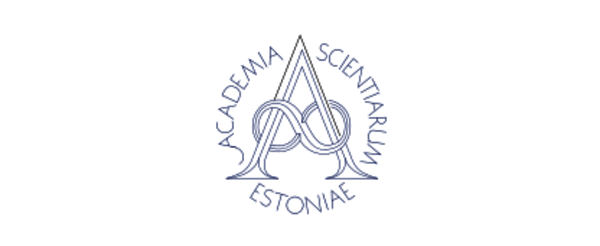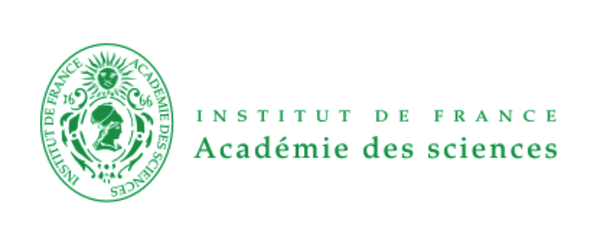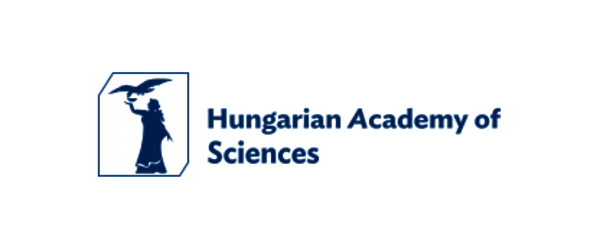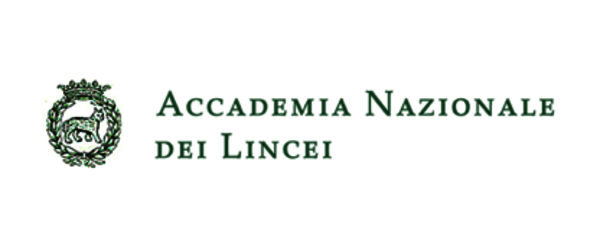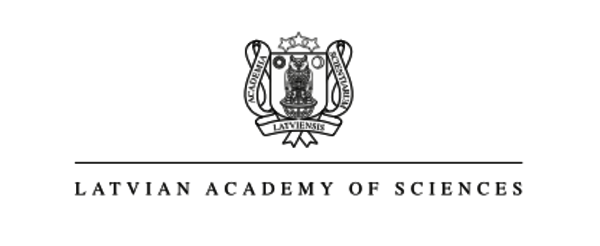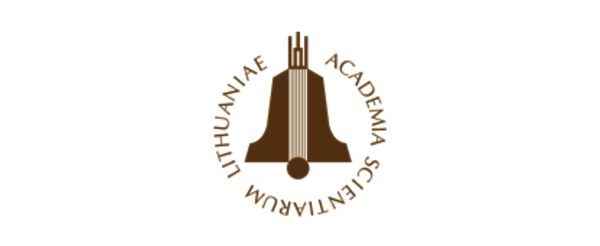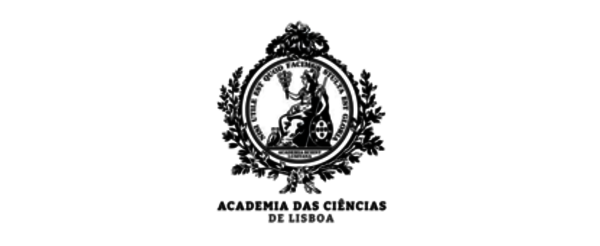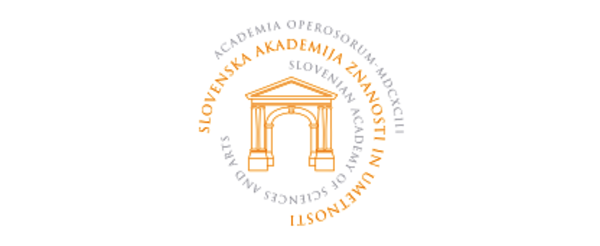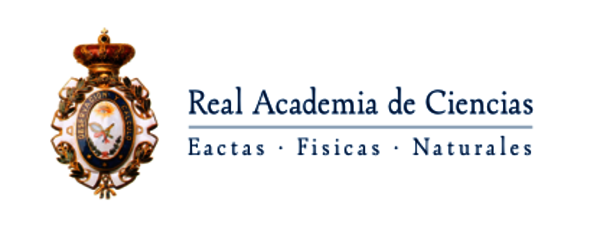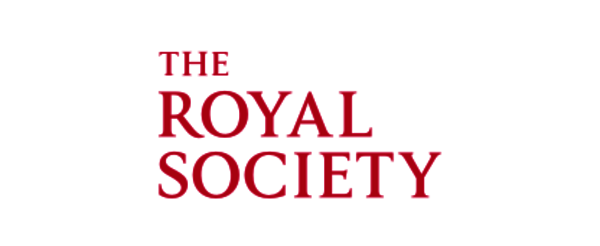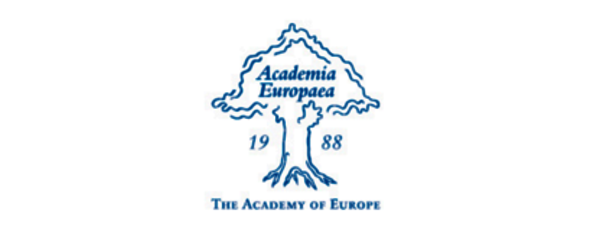News & Academies' activities
Climate and Biodiversity Crisis: Recognise the Strength of the Linkages to Safeguard Human Civilisation
“Climate catastrophe is like a giant meteorite hitting the earth in super slow motion,” says Prof. Michael Norton. “Maybe too slow for us humans to understand its impact and urgency. Paradoxically and tragically, our planet’s main source of resilience, biodiversity, is going through an ever-accelerating mass extinction, maybe too fast for us humans to put an end to it.” As the Climate and Biodiversity Crises potentiate each other, EASAC’s Commentary adds the most recent data to inform the Biodiversity Summit in China this April.
The Commentary’s summary of EASAC’s ten years of scientific analysis covering environmental, energy and biosciences is set against the scary backdrop of an inexorable increase in temperature and humidity. In some areas, they are expanding to levels where it is difficult or impossible for humans or the crops and livestock they need to survive, or remaining ecosystems to adapt. Europe’s Science Academies urge governments to treat the Climate and Biodiversity Crises as one, and as equally urgent.
“Vicious circle of collapsing food systems, dangerous pathogens, and zoonoses”
“Biodiversity loss and dangerous Climate Change potentiate each other in their disastrous consequences. It’s a vicious circle not only leading to extreme weather but also collapsing food systems, and increasing risks of dangerous pathogens, zoonoses and other health impacts,” says Prof. Michael Norton, EASAC’s Environment Programme Director.
Replacing tropical forests with agriculture reduces biodiversity. At the same time, it releases stored carbon, reduces carbon uptake in the land and increases emissions of other greenhouse gases (GHGs). This illustrates how the multiple crises interact: Warming temperatures and associated changes to precipitation reduce agricultural productivity as well as moving species outside their habitable range, in some cases driving them to extinction. Warming and acidifying oceans alongside weakened circulation reduce the oceans’ capacity to absorb and remove carbon dioxide (CO2) from the atmosphere, while shifting or degrading ecosystems.
“Even the tiniest creatures are important”, says Norton, “The earthworm, for example, may be one of mankind’s best friend – and victim - in its battle against the devastating consequences of climate change. “Many find this slimly little creature disgusting, but they are irreplaceable in fertilizing and aerating soil, and thereby preventing soil erosion,” Norton says. Droughts are particularly devastating for earthworm populations. If there are too few worms, the soil will become dense, poorly aerated and act like a blocked drain. The result is more frequent and more devastating flooding.
Chance for bold and transformative action
But the scientists also see opportunities: conserving, managing and restoring ecosystems for example can mitigate climate change and enable adaptation to its impacts while also enhancing biodiversity. Based on EASAC’s past work, the Commentary includes a list of 16 fields for action where governments should already have done more. They straddle climate change, the role of biomass energy, greenhouse gas emissions from different oil feedstocks, policies towards slashing emissions in transport, buildings and infrastructure, and the interactions between climate change and human health.
“As parents and grandparents we are as terrified as everyone else by what we see coming. But as scientists we know that there are ways to mitigate the worst and adapt. But only if governments in Europe and worldwide take responsibility and show leadership now”, says Lars Walloe, Chair of EASAC’s Environment Programme.
Building on last year’s Climate Summit, negotiators at the UN Biodiversity Summit can take coordinated, bold and transformative action to take advantage of synergies between climate change and biodiversity policies – such as massive ecosystem restoration – and change humanity’s course towards a sustainable future.
Contacts:
Prof. Michael Norton
General inquiries Sabine Froning | Prof. Lars Walloe
|
|
|
back to overview


